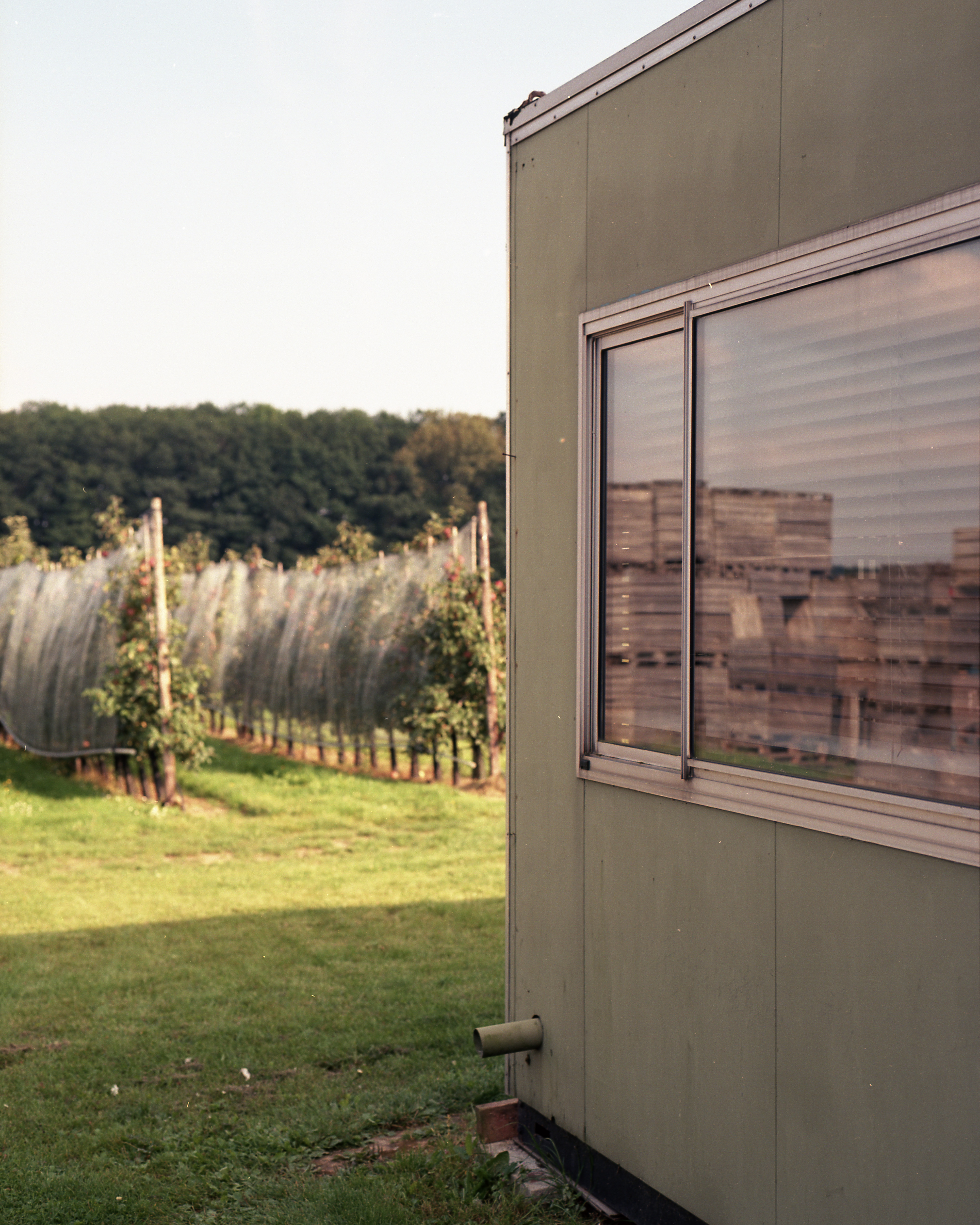 image by Jonathan De Maeyer
image by Jonathan De MaeyerSomewhere here somewhere there
Contributors: Ciel Grommen, Maximiliaan Royakkers
Ciel Grommen and Maximiliaan Royakkers are architects by training and through family ties, connected to the world of agriculture. When Ciel’s brother-in-law asks for help renovating housing for foreign seasonal workers, they take on the task with open-hearted curiosity. Through conversations with developers, policymakers, social workers, and farmers, they map a landscape shaped by deep economic forces. But when they try to understand what it means to live in these accommodations, the silence of the workers reveals a blind spot — and the need to ask different questions.
In this project — a hybrid between documentary and dialogue — Ciel and Maximiliaan use models, film, and scenographic elements to recount their fieldwork journey, from Haspengouw to Brussels, to Romanian villages and back again.
What initially seemed like a simple design question gradually unfolds into fundamental inquiries about living and working, the livability of our culture, and what it means to be home in a farmyard.
Stage, video & scenography: Ciel Grommen & Maximiliaan Royakkers
Architectural research assistance: Tim Martens, Tom Van Laer
Feedback & dramaturgy: Simon Allemeersch, Camille Louis, Nancy Vansielegem, Griet Roets
Production: Jubilee
Co-production: Decoratelier, C-takt
in collaboration with: LUCA school of arts
with the financial support of: the Flemish Government
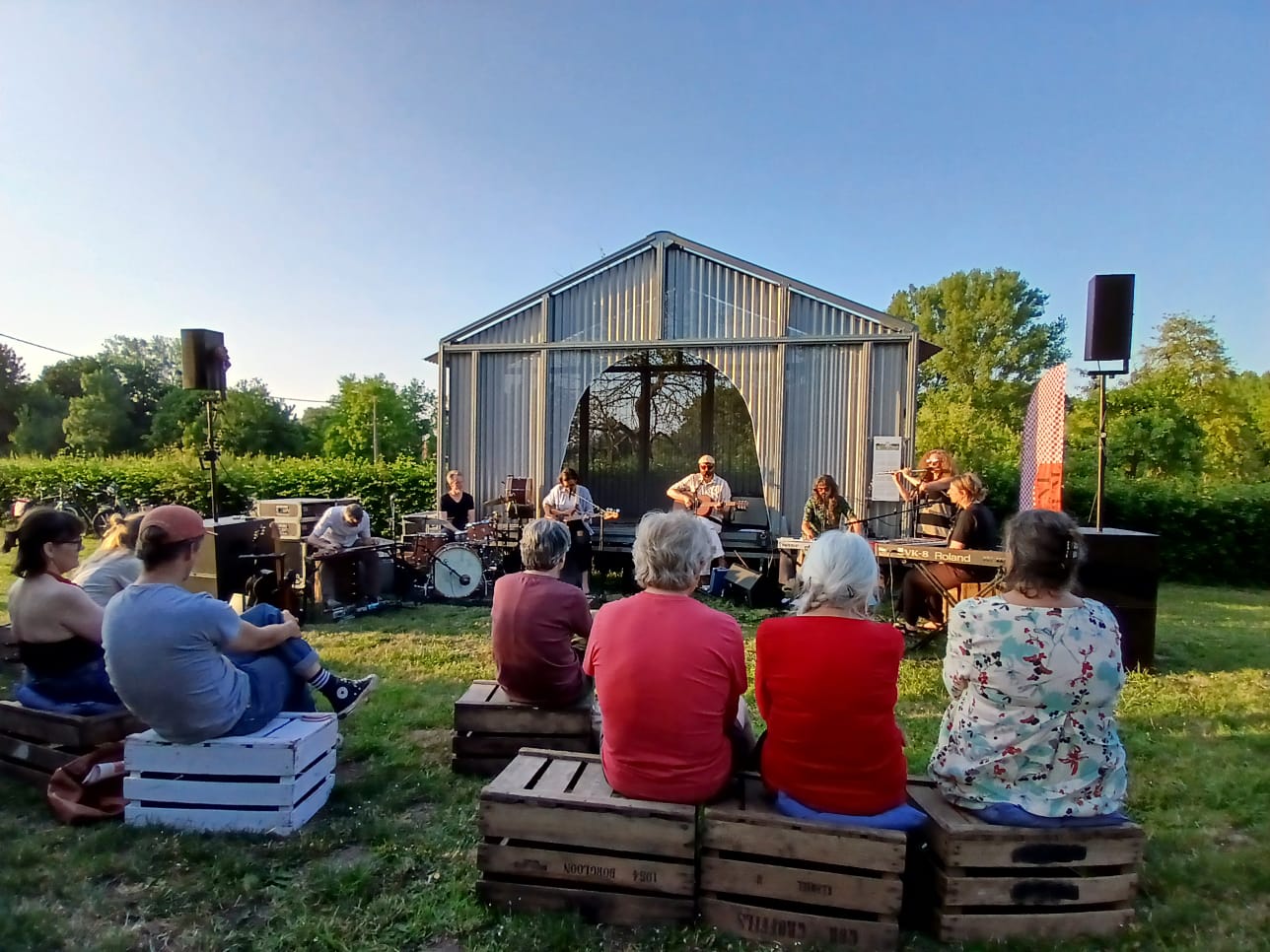
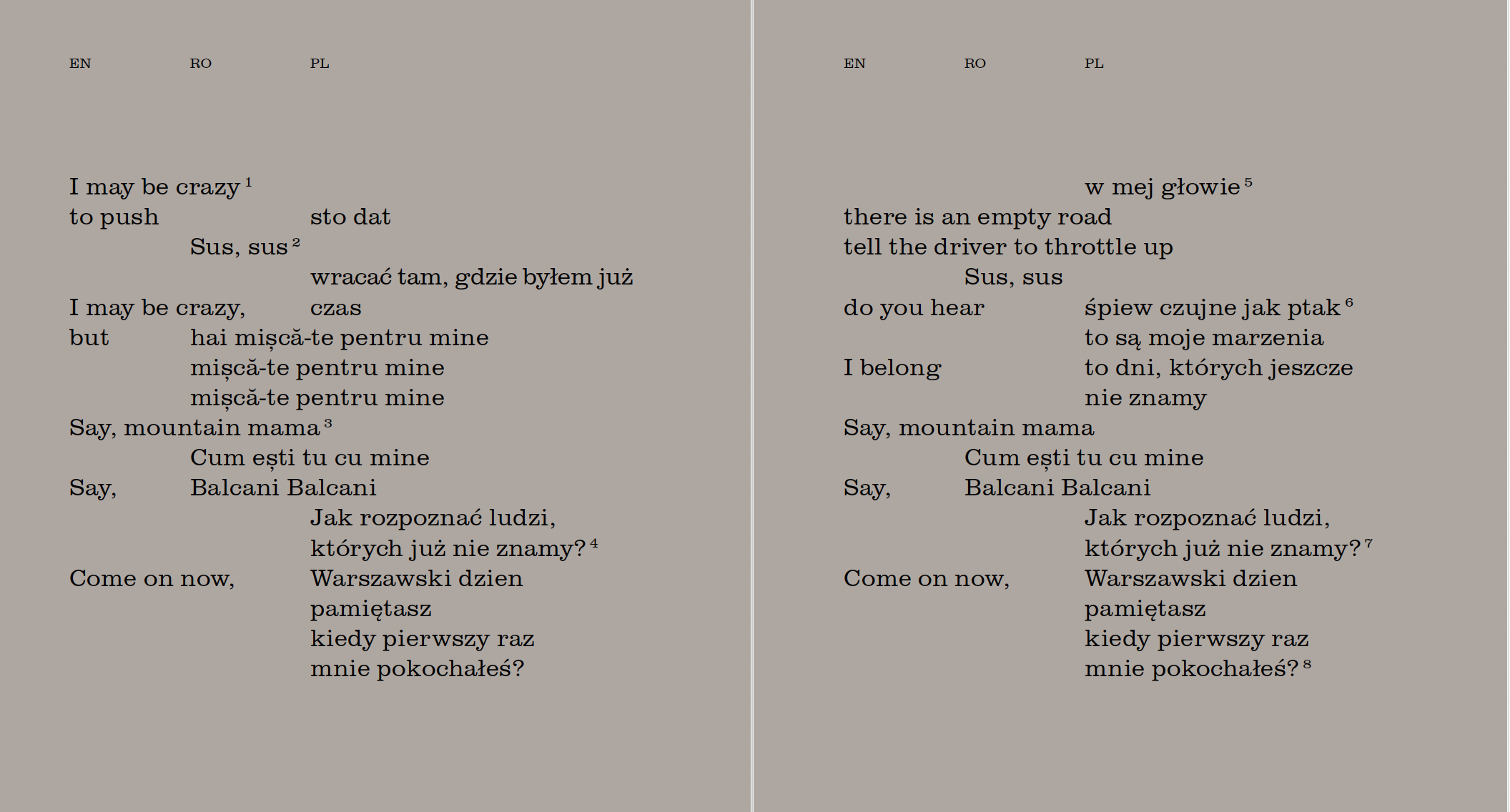
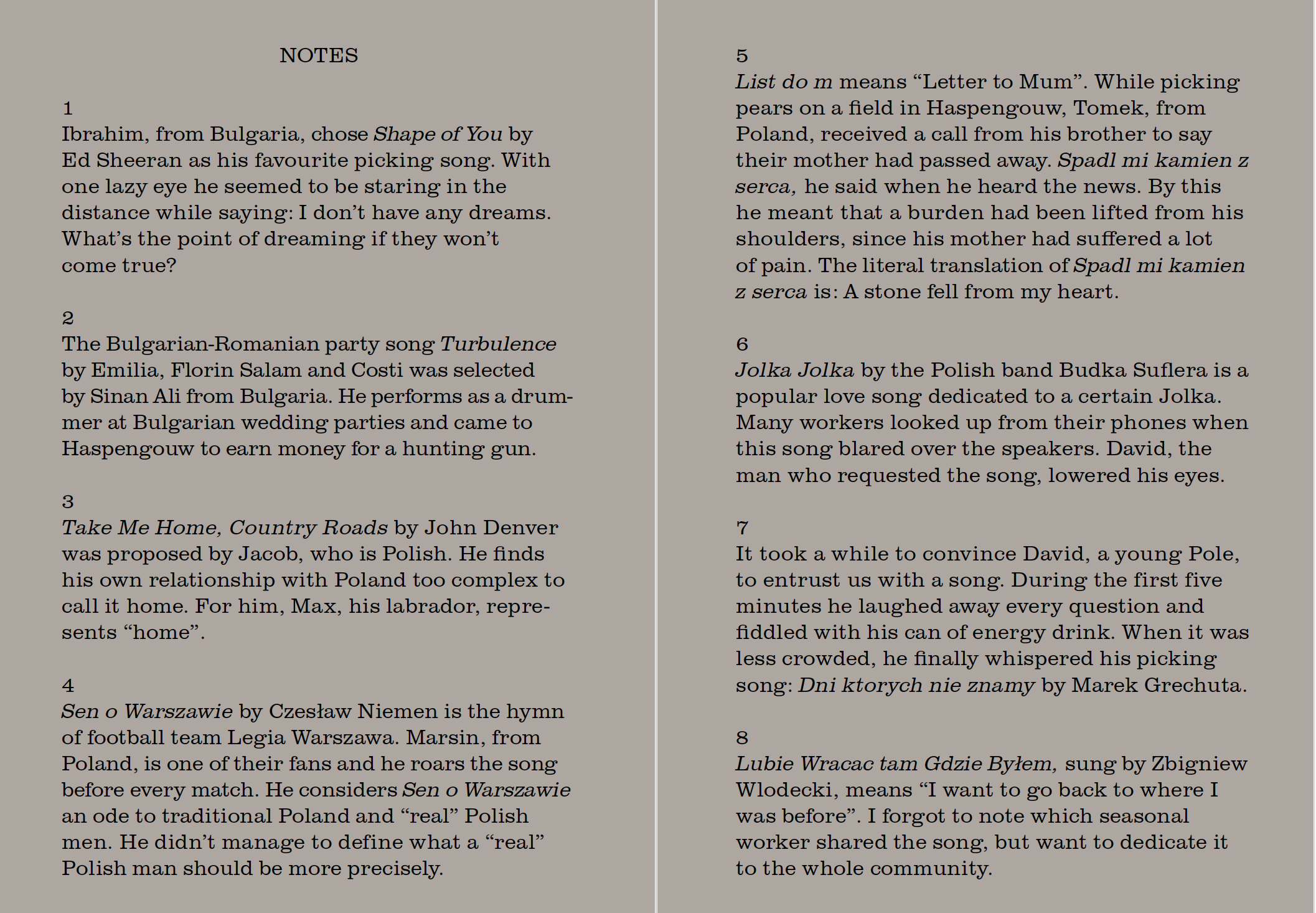
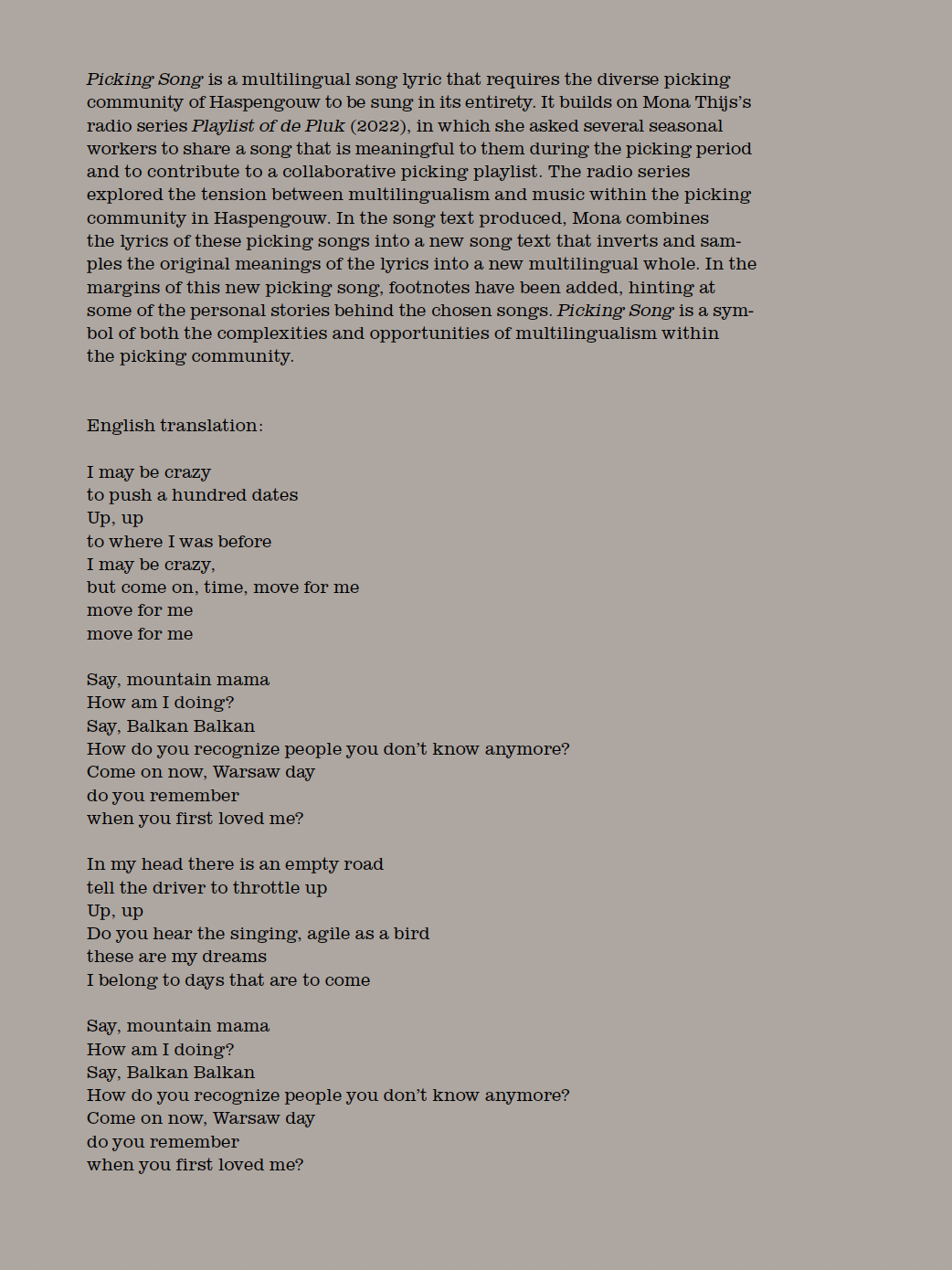
Haeivers & Picking Song
Contributors: Mona Thijs, Stijn Segers & TOUR
On a warm Thursday evening, the House for Seasonal Neighbours transforms into a concert venue at the small church in Haren. Overlooking orchards and farms, this idyllic setting offers the perfect backdrop to celebrate the start of summer in the village.
The evening’s guests are TOUR, a seven-piece band led by Stijn Segers. They perform Haeivers, a folk album sung in the Zutendaal dialect, exploring the longing for one's home village.
In collaboration with spoken word artist Mona Thijs, some of the lyrics are reinterpreted and translated, allowing the transnational experiences of nearby seasonal workers to resonate through the music. Moreover, Mona Thijs’ “Picking Song”, a text which resulted out of the project “Playlist van de pluk”, is set on music.
After all, is that village of origin just a few miles away, abroad, or perhaps somewhere in the past? Maybe this shared sense of nostalgia and homesickness is what truly connects us all.
More info: MoMeNT︎︎︎
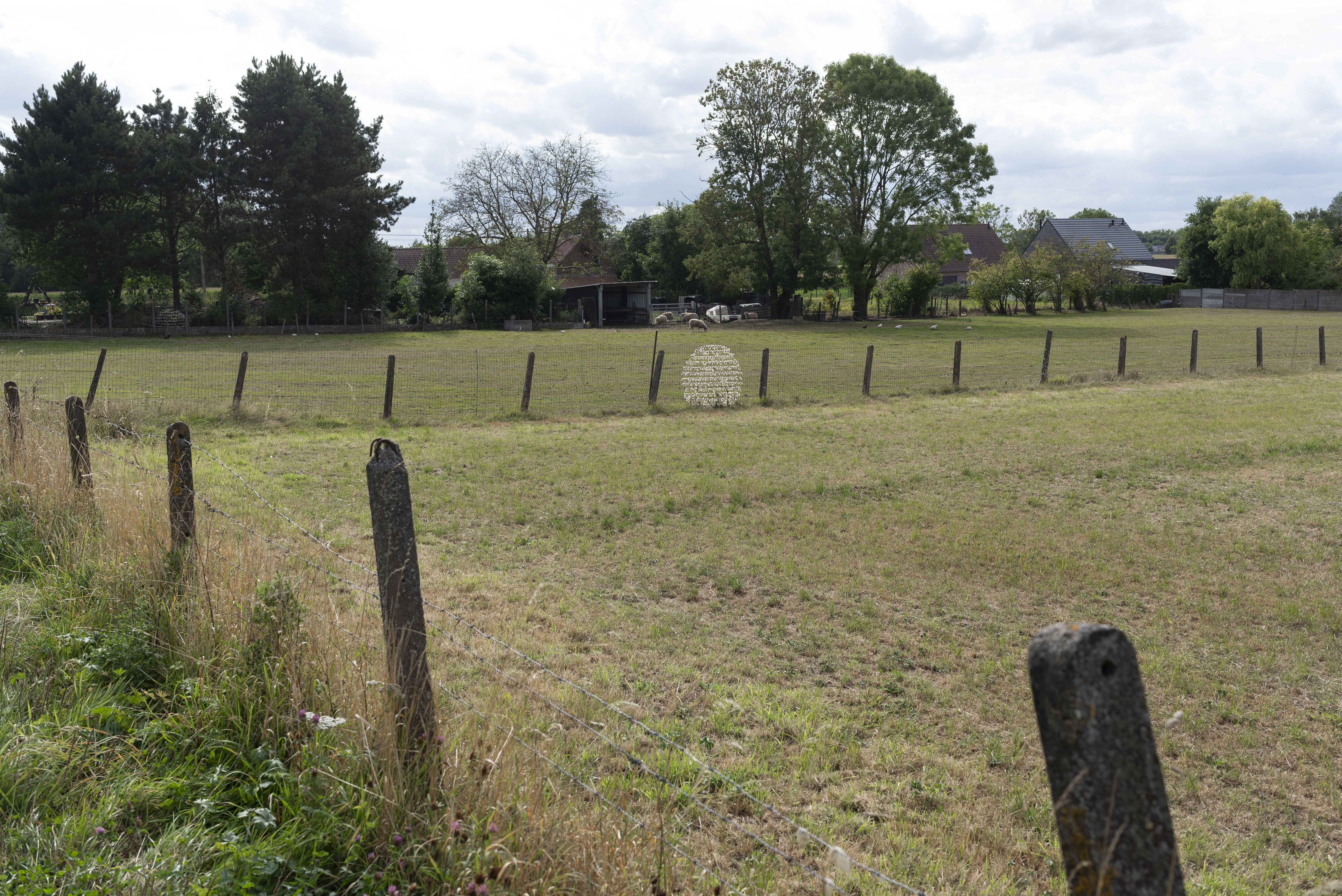
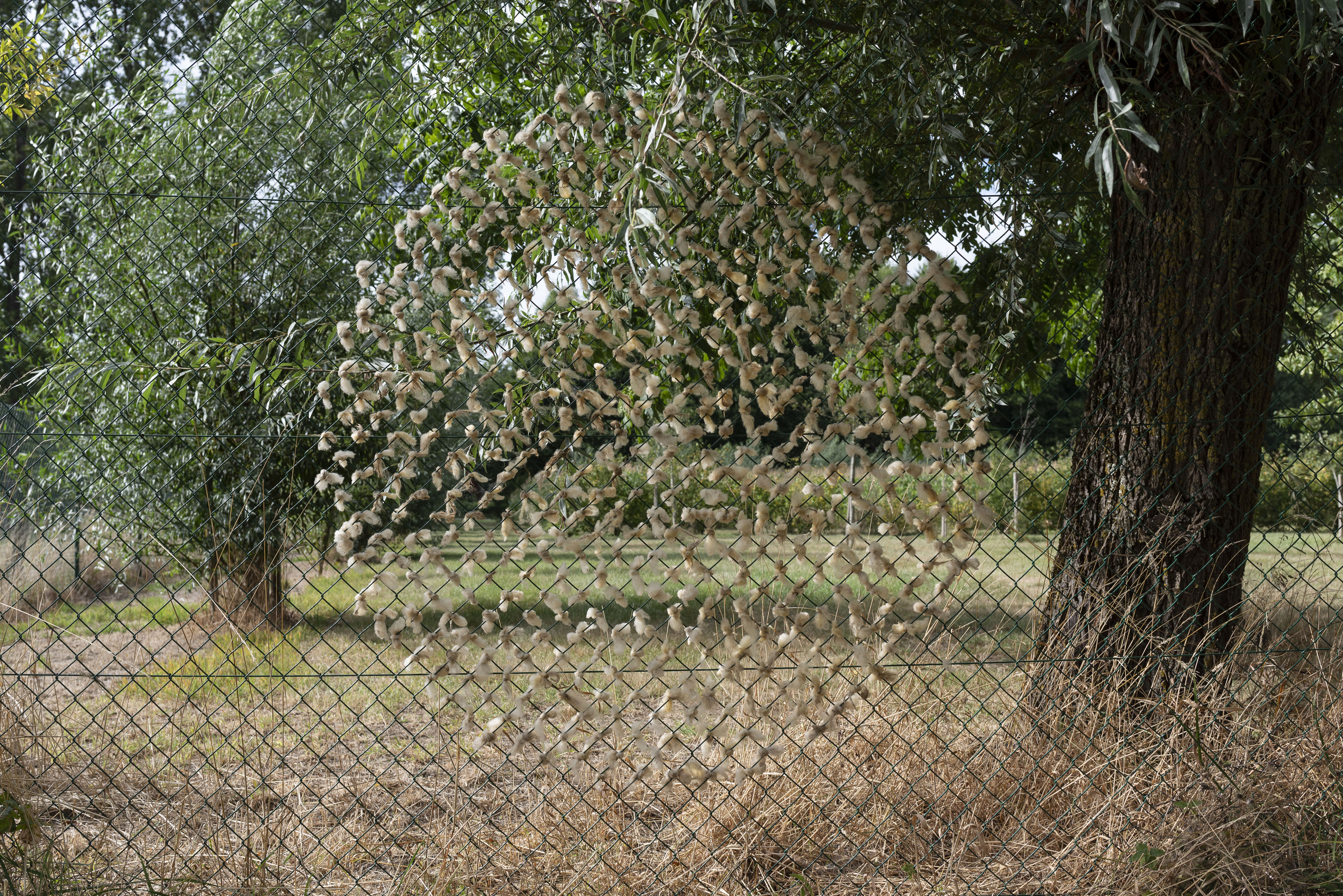
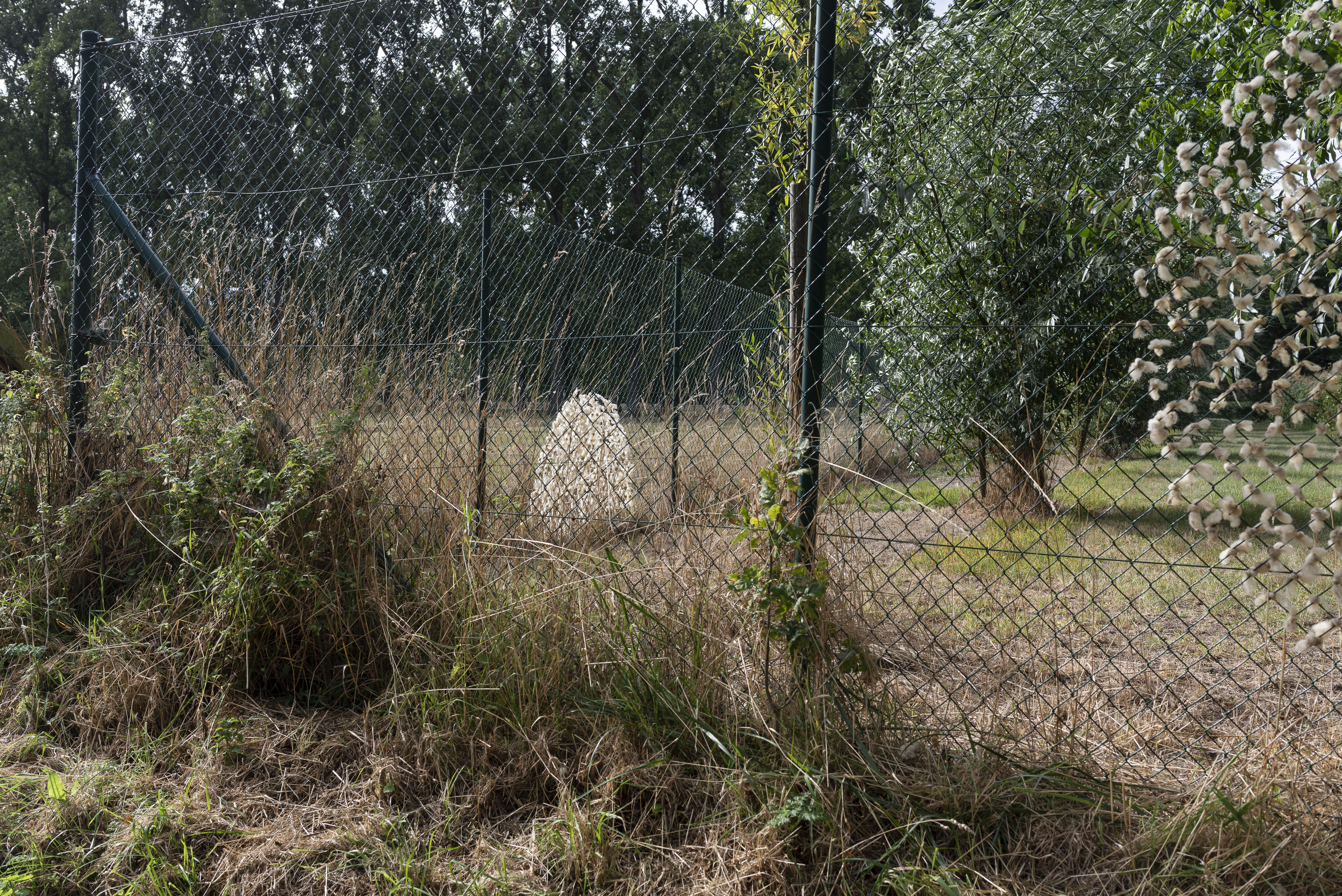
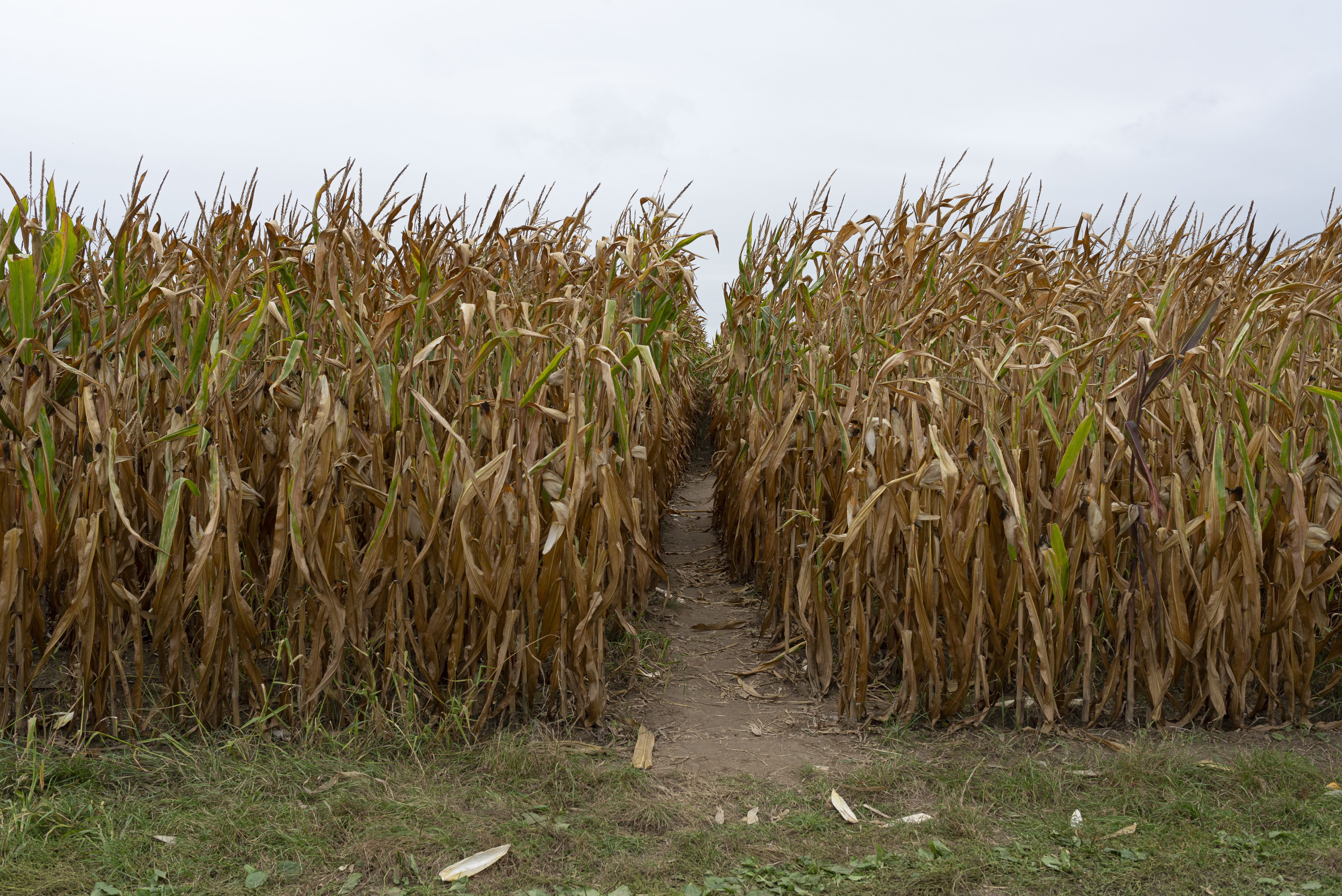
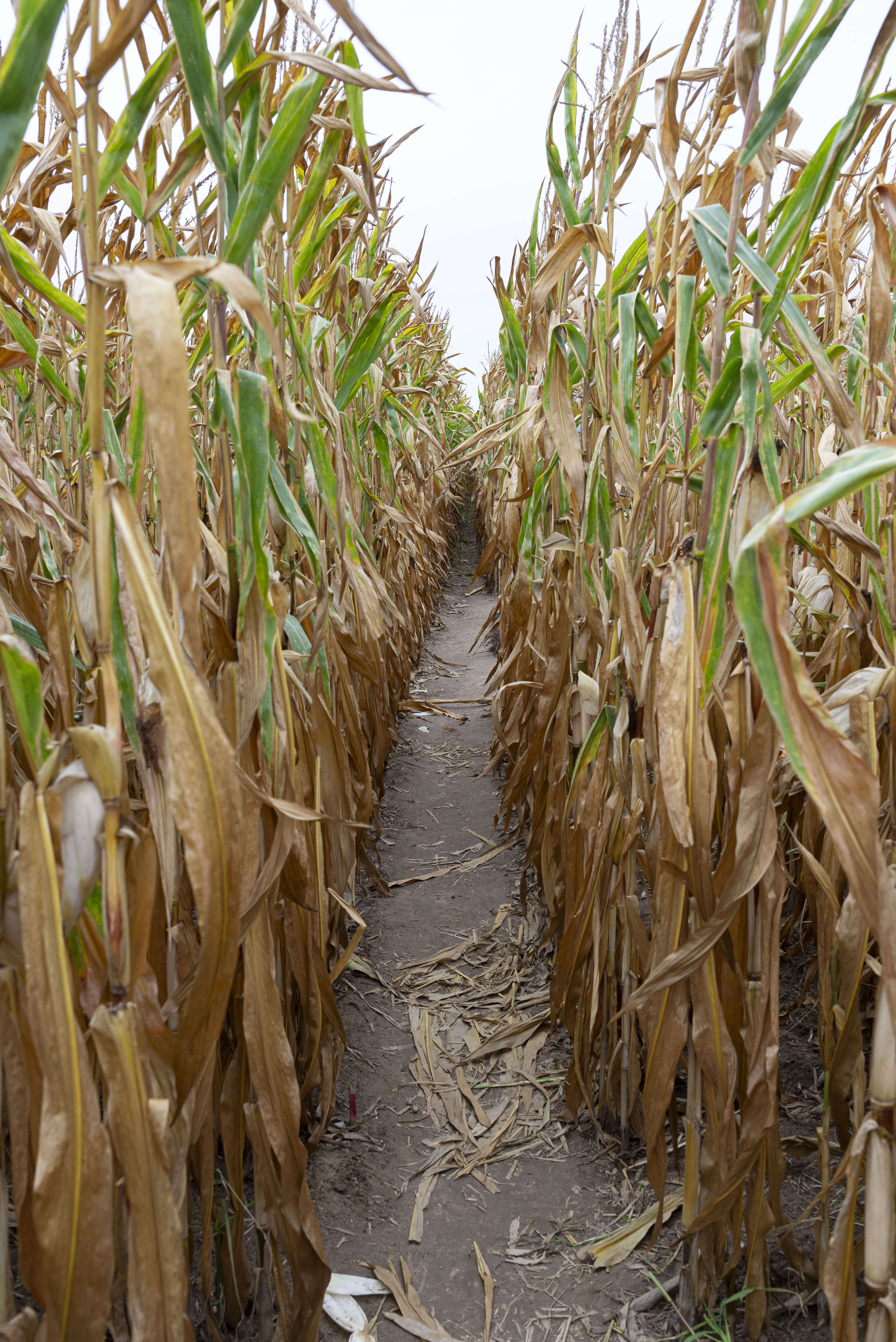
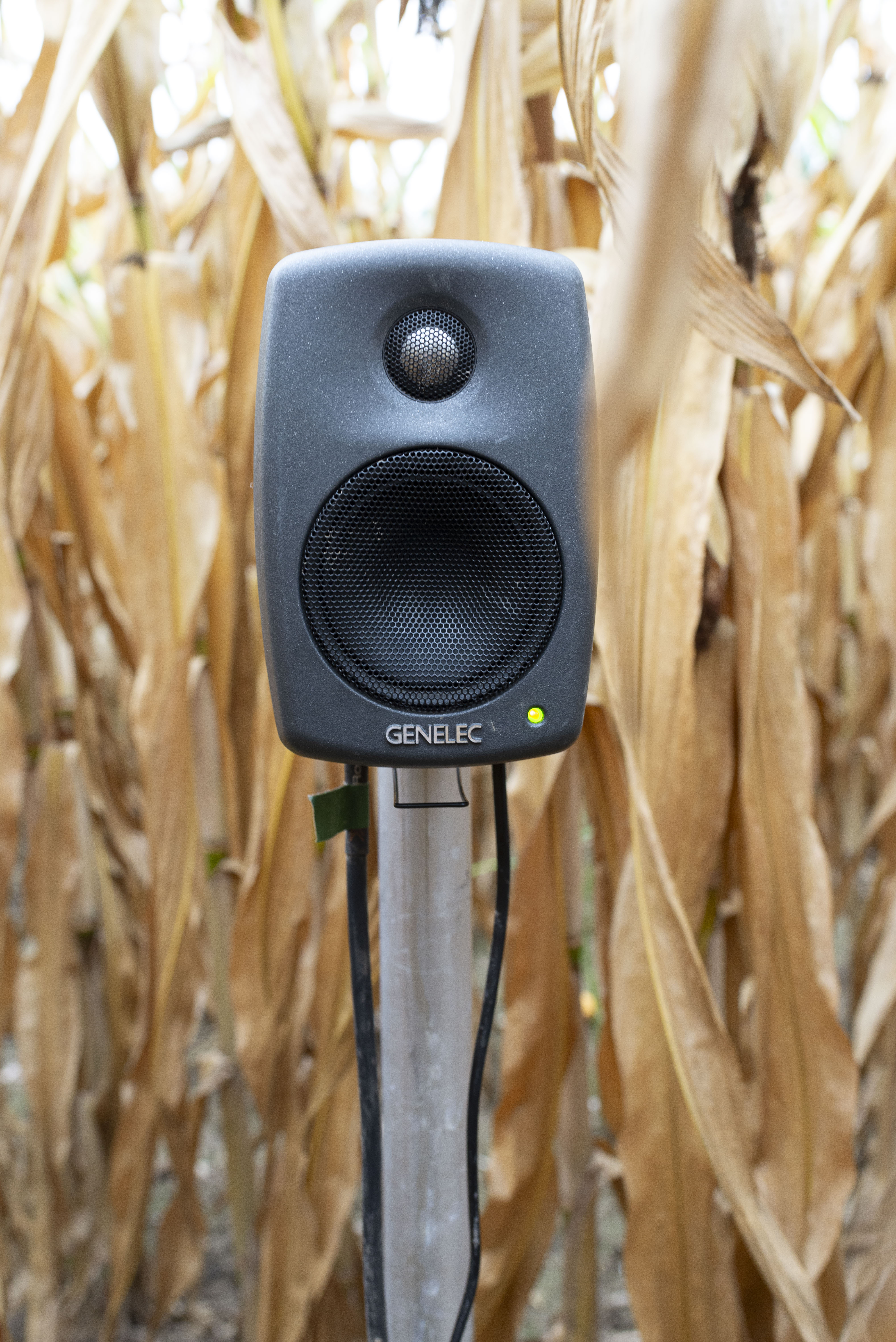
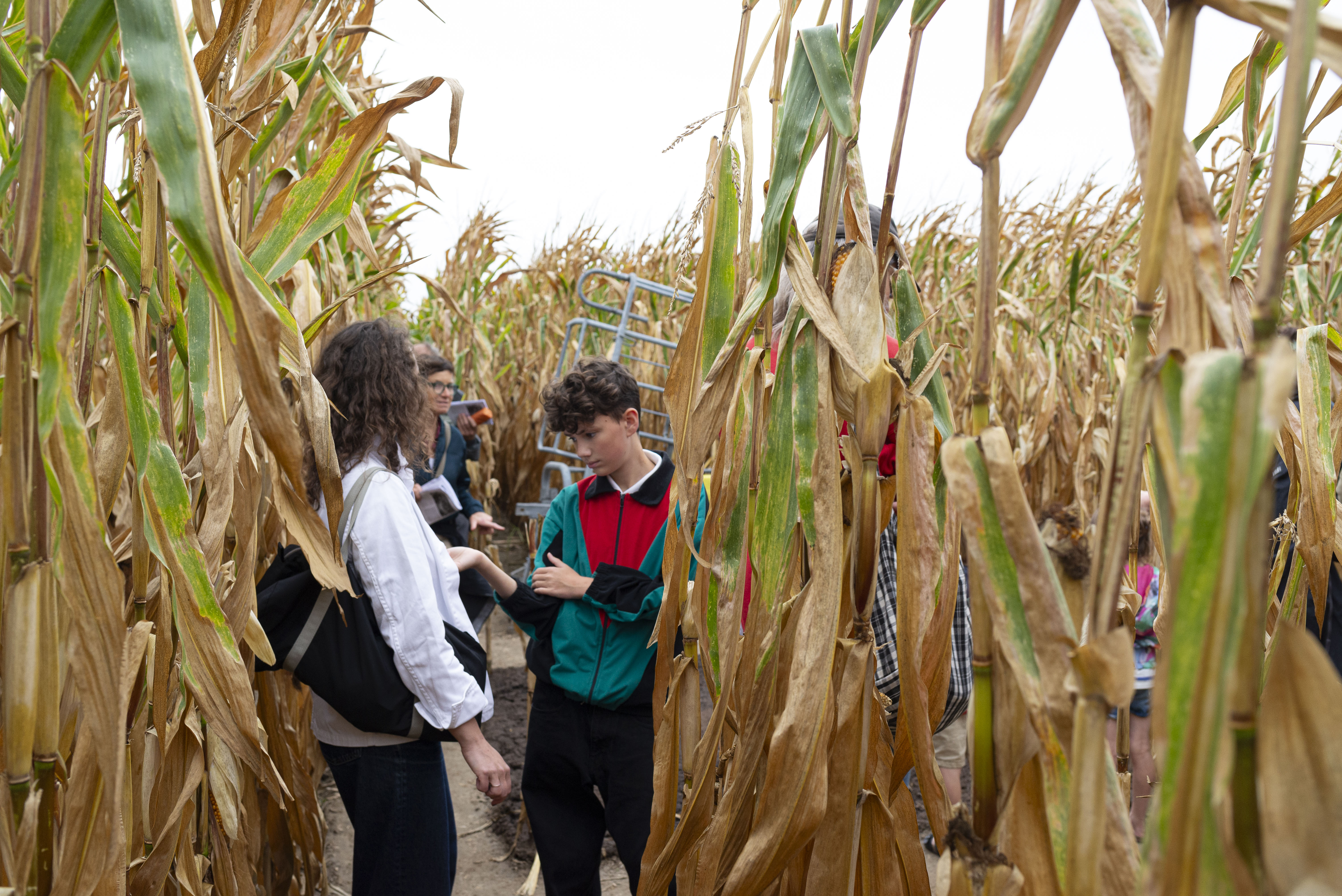
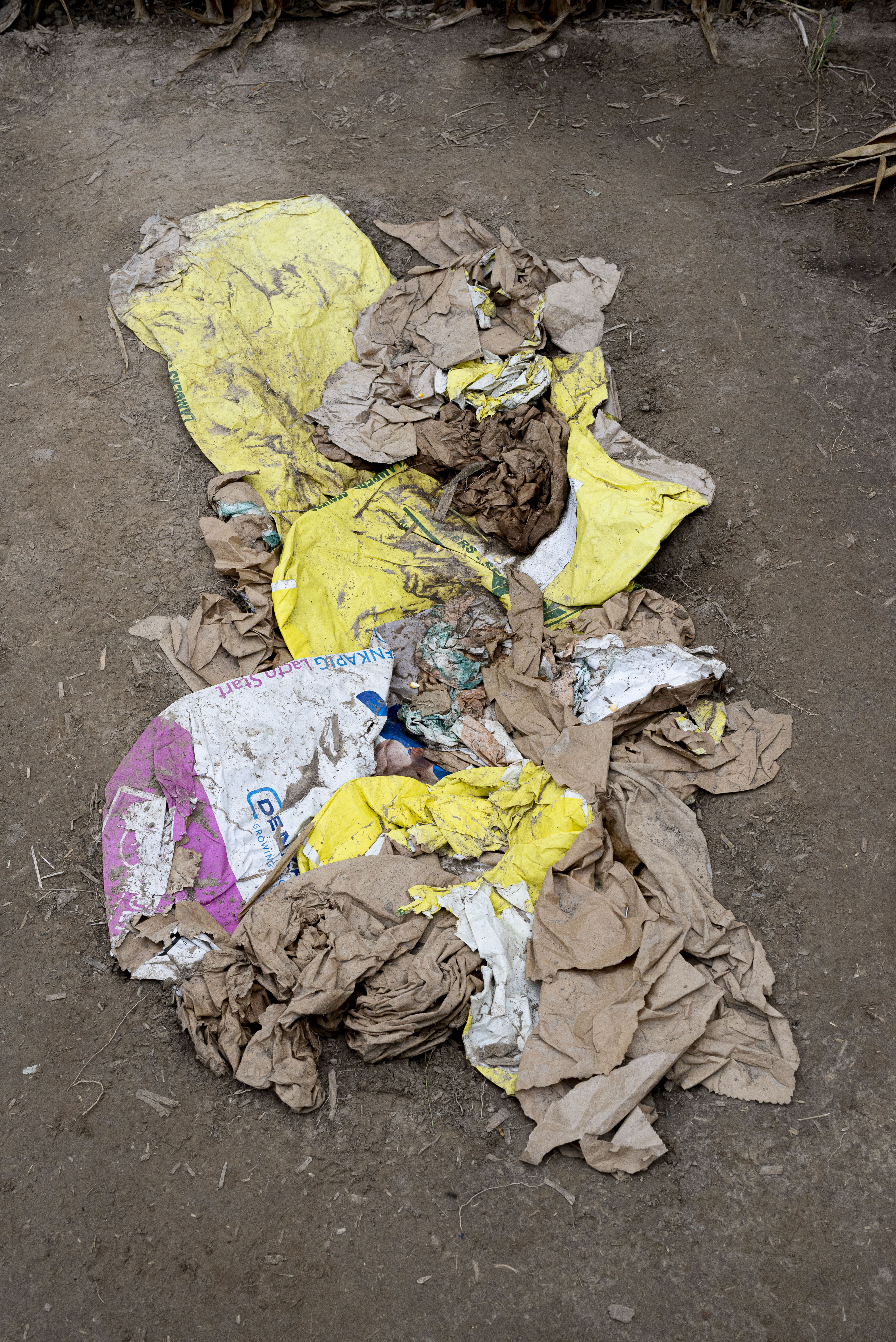
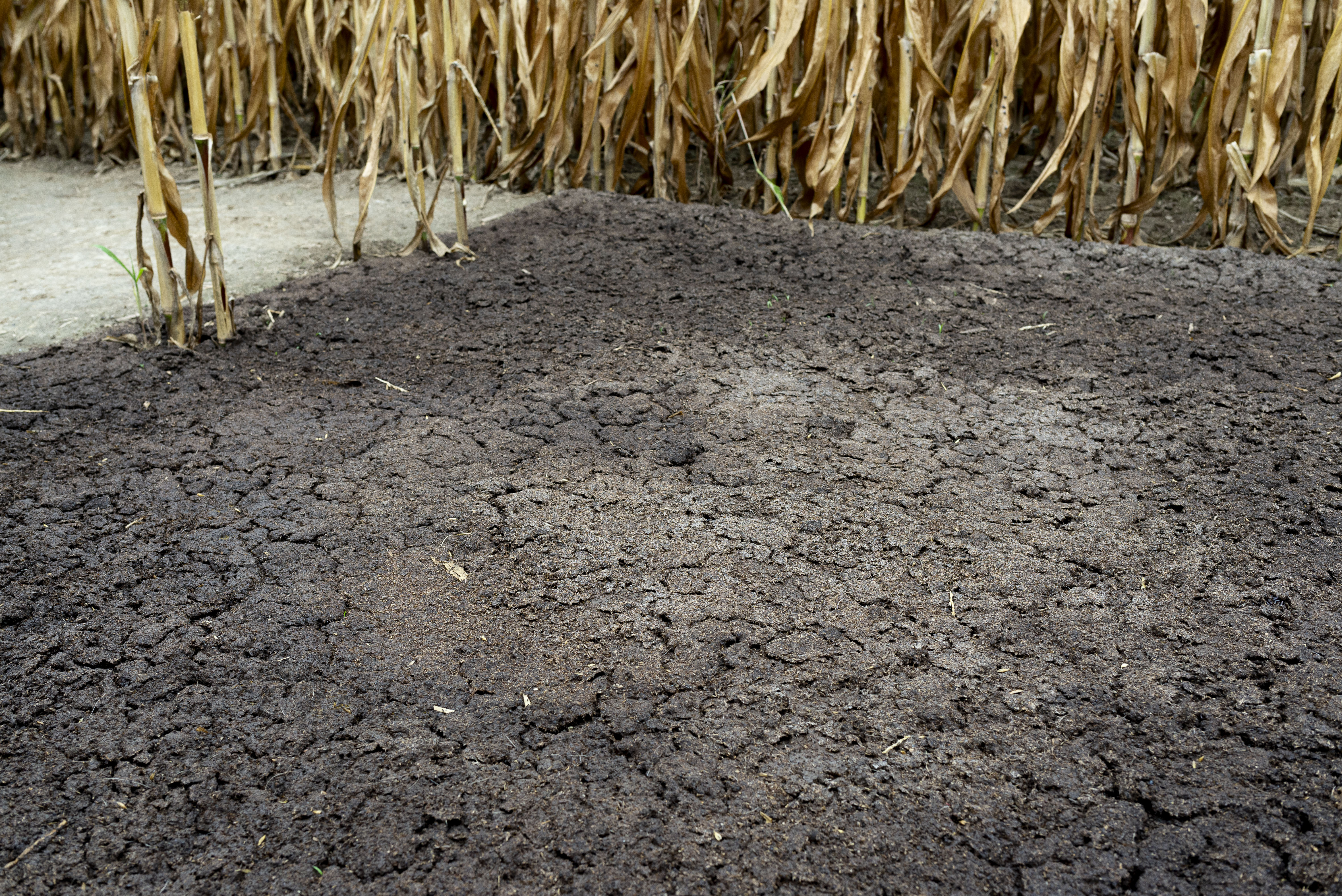
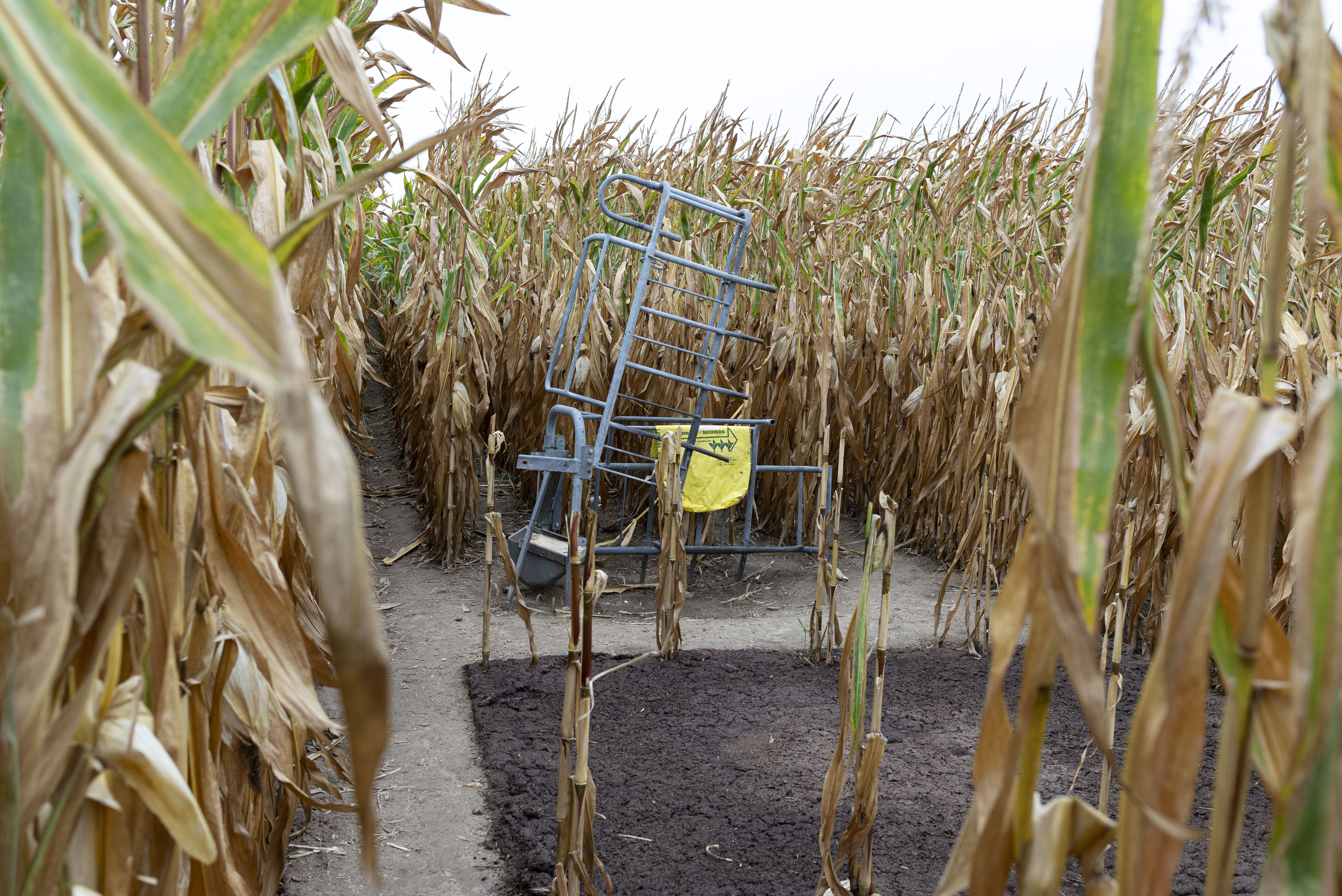
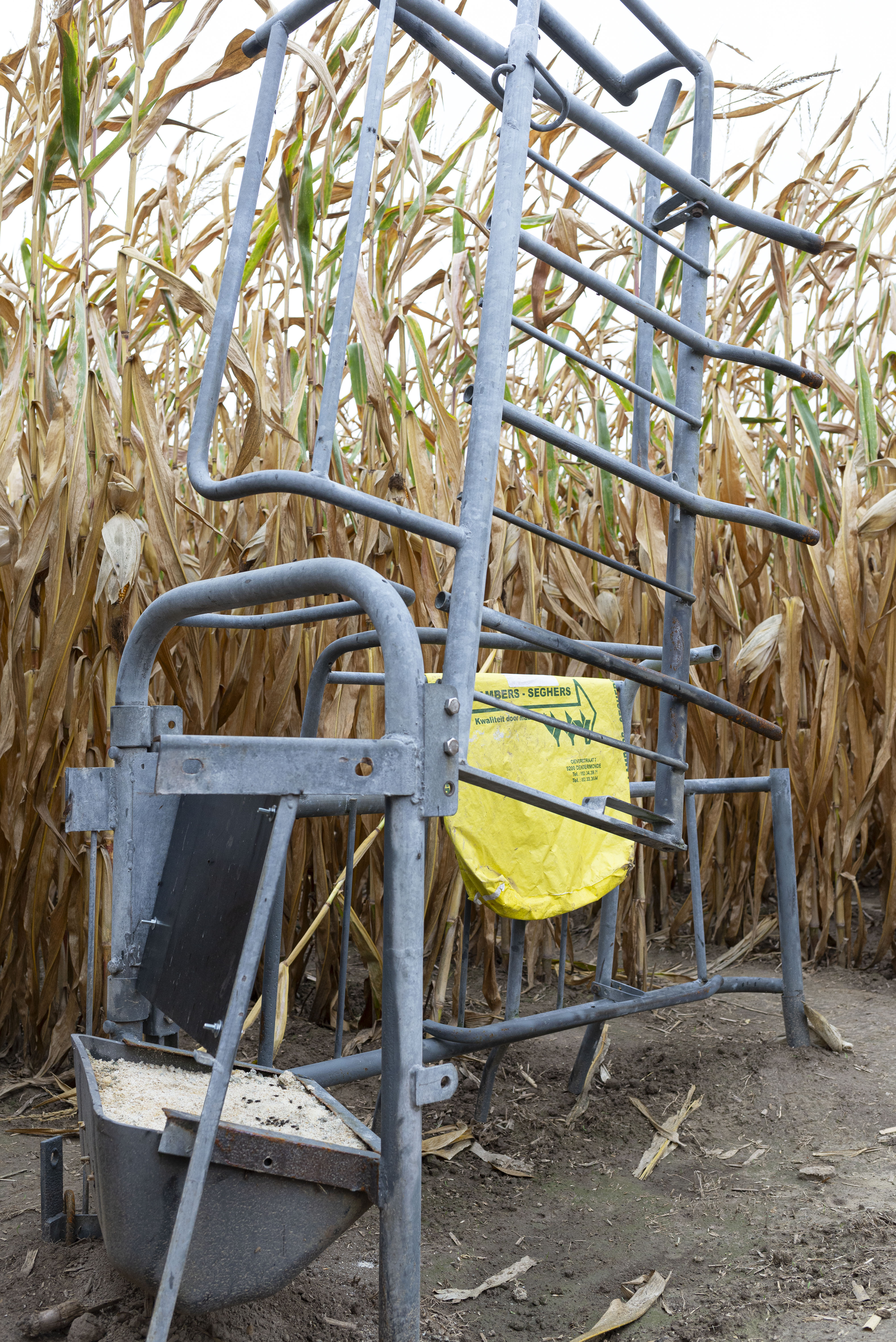
Wandering sheep / Pig’s field
Contributors: Anastasia Eggers, Jonathan De Maeyer, Claire Chassot, Ciel Grommen & Maximiliaan Royakkers
Kunst & Zwalm is a biennial art route in the Zwalm region, organised by BOEM vzw. For the 2025 edition, the programme was put together by PLAN B. They decided to focus on the theme of soil. Three collectives, including Seasonal Neighbours, were invited to conduct local research for a year. This group of artists was gradually supplemented with other collective artists.
Inspired by the ubiquity of horses along the trail, we began to take an interest in the concept of “horsification”, a dynamic in the Flemish countryside where farms and their adjacent agricultural lands are turning into residential villas and horse meadows, causing land prices to rise sharply. At the same time, the few operative farms still existing in the area house a much larger number of animals that remain invisible in the landscape.
Which animals have access to land?
Guided by this question, we observed which animals roam freely and where their access is restricted. In conversation with farmers and residents of Zwalm we discovered that the motivations to these boundaries are varied. From hygiene to protection from predators, each draws its own line across the land.
Yet, animals make their presence known in different ways. The fleece of a sheep on the barbed wire, the sound of pigs coming from the stables, an occasional nest in a tree. It formed the basis for two spatial and sound interventions that reveal unbalanced ways of accessing land:
Wandering sheep
24 circles of wool on a line crossing 24 fences, 1 roaming sound piece
Sheep have escaped from their enclosures to return to their pastoral nomadic life. They have formed an unruly herd that crosses fences and woods, out of sight. A few traces remain – wool caught in the wires and the sounds of a shepherd trying to guide them.
Pig’s field
a room of 25 square meter in a corn field, a space-filling sound piece, an open farrowing cage for pigs, a nest from paper feed bags and a floor of manure
Pigs, although invisible in the fields of Zwalm, are strong architects of the landscape: their manure fertilizes the fields, and the maize is grown to feed them. Even on farms, they keep trying to build: when the time comes for them to give birth, they look for material to build nests. Documentary traces left in the maize field invite acknowledgement of their presence, their role, and their needs in shaping the landscape.
This piece is made with the help of the pigs of the Zwalmbeekhoeve.
More information: website Kunst&Zwalm︎︎︎










images by Jonathan De Maeyer
The Scope of Stories, Tracing Vernacular Landscapes
Contributor: Jonathan De Maeyer
‘The Scope of Stories, Tracing Vernacular Landscapes' is an exhibition that assesses the state of artistic movements in rural areas. Jonathan De Maeyer invited artists who work in both rural and urban settings, always focusing on human connections, ecology, food, and agriculture. Through fiction and documentary that questions the human perspective, the complexity and reality of the countryside are woven into the stories it houses.
With works by: Lara Bongard & Annelotte Lammertse, Claire Chassot, Tim Theo Deceuninck, Jonathan De Maeyer, Anastasia Eggers, Ciel Grommen, Rural Relations Writing Club & Ioana Lupascu, Maximiliaan Royakkers, Erien Withouck, Jana Vasiljević, Julie Van Kerckhoven, collective dinner hosted by Jana Joanna Milbou — Curator: Jonathan De Maeyer.in collaboration with ︎︎︎Kunstenplatform PLAN B and with the support of the city of Ghent.
Location: BLANCO Platform - Coupure Rechts 308, 9000 Gent
Opening: friday 16th may, 18:00
Grondstroom, dinner conversation with Thessa Krüger and Wout Barbier in collaboration with Green Office Gent and Jagers & Verzamelaars: wednesday 21th may 2025, 18:00
︎︎︎Rural Relations Writing Club: saturday 24th may 2025, 11:00 - 13:00
Collective diner hosted by Jana Joanna Milbou: saturday 24th may 2025, 18:00
Exhibition:
Saturday 17th and Sunday 18 may 2025, 10:00 - 18:00
from Wednesday 21th may until Sunday 25th may 2025, 14:00 - 18:00






Poster design and photo by Ioana
Rural Relation Writing Club
Contributors: Ioana Lupascu
What stories take root in rural relations—and how might writing help us trace them?
A slow-growing series of writing workshops exploring rural life, memory, and imagination. Each session centres on a theme—kinship, grief, or harvest—and invites participants to write from personal experience, collective rituals, and everyday observations.
Gatherings follow a simple rhythm: we eat together, write through a series of gentle prompts, and share what we choose to. The space is informal, welcoming, and open to anyone curious about rural storytelling in all its forms and languages—no writing experience needed.
Initiated and organised by Ioana from Seasonal Neighbours in collaboration with Myvillages, the group grows from the belief that rural stories deserve time, attention, and collective care.
You can reach me at writing.rural.relations@gmail.com
✧ Rotterdam Writing Sessions Overview ✧
#1 — Neighbours
Theme: Kinship, feuds, friendships, and everyday ties
Date: 5 March 2025, 18.00 - 20.30
Dish: Pilaf with cabbage salad and dill
Focus: Explored the emotional and social bonds that shape proximity—how rural and urban neighbours relate, remember, and sometimes clash.
#2 — Rituals of Grief and Mourning
Theme: Loss, rituals, and shared memories
Date: 7 April 2025, 18.00 - 20.30
Dish: Tomato Pea Stew
Focus: Attuned to the quieter layers of grief—personal, collective, and environmental. Writing as a way to hold absence and remembrance.
#3 — Sowing
Theme: Seeds, soil, and the working hands
Date: 8 May 2025, 18.00 - 20.30
Dish: Roasted Paprika Stew
Focus: Looked at rural labour and the temporalities of sowing—what is planted, passed on, or left dormant.
#4 — Kitchens, Cooking & Labour
Theme: Recipes, routines, and relational care
Date: 4 June 2025, 18.00 - 20.30
Dish: Bean Salad
Focus: Thinking with food, preparation, and domestic work as sites of memory, connection, and artistic method.
#5 — Creatures of the Night: Soil, Fur, Feather
Theme: Ecologies shaped by farming, wildness, and cohabitation
Dish: TBC
Date: 2 July 2025, 18.00 - 20.30
Focus: Attuning to the lives that move alongside us—seen and unseen. From burrowing animals to night sounds, we’ll write through the traces of shared landscapes, feral relations, and more-than-human presence.
#6—Visitors: Those Who Come & Go
Theme: Hospitality, intrusion, welcome, and distance
Dish: TBC
Date: 6 August 2025, 18.00 - 20.30
Focus: Exploring the rhythms of arrival and departure—how visitors shape the spaces they enter, how we host or guard, and what movements tell us about belonging, care, and boundaries.